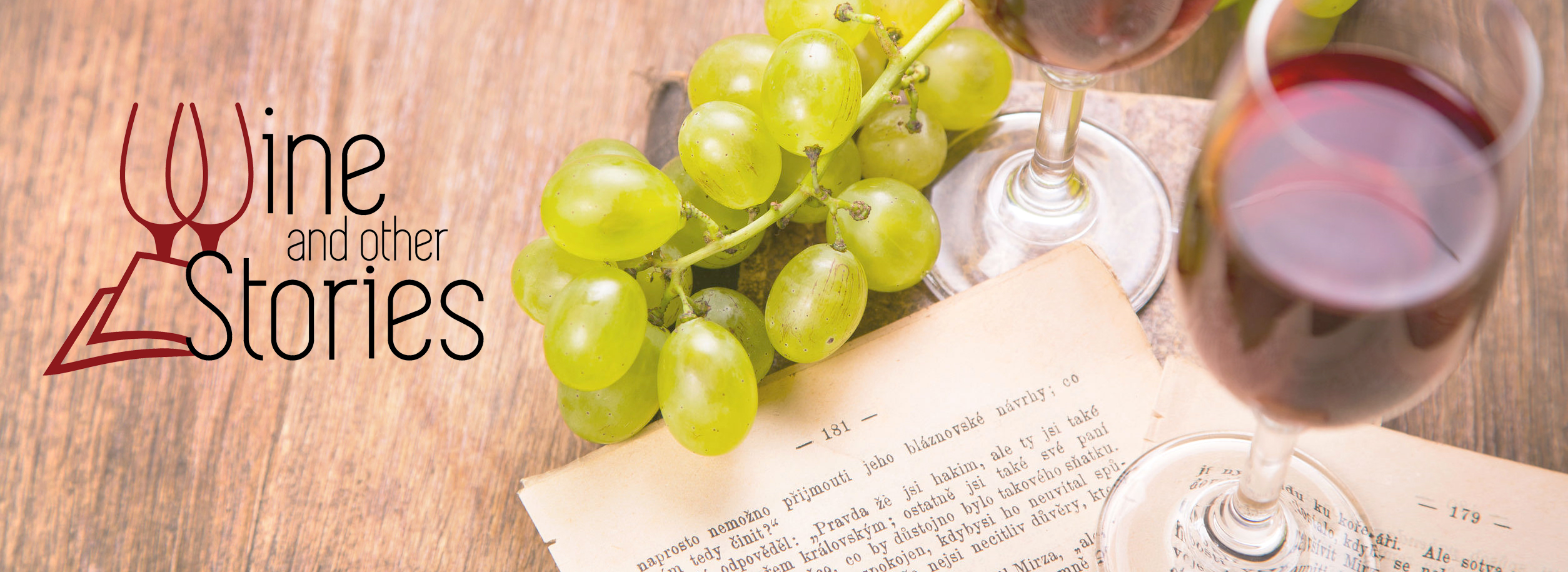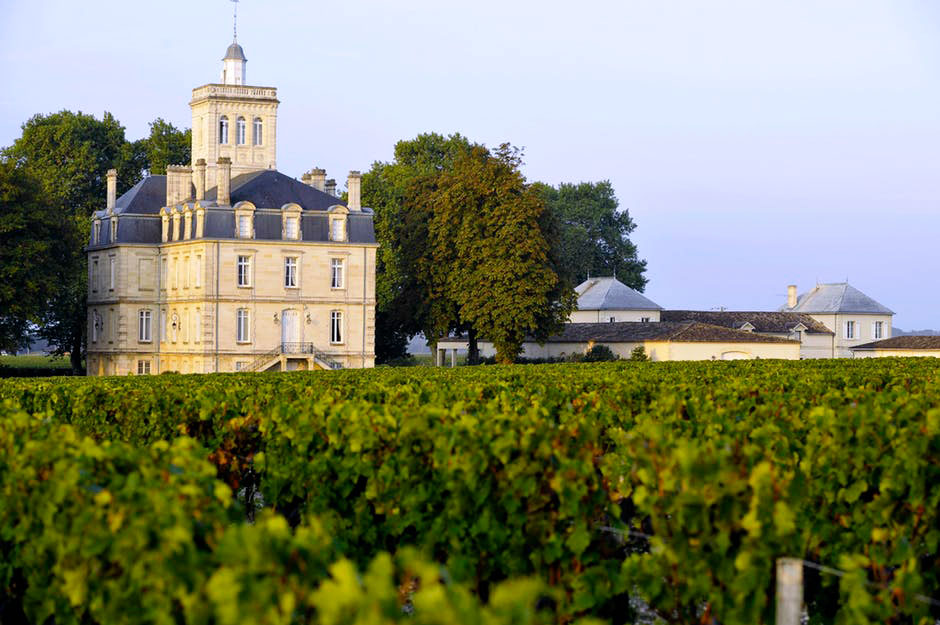An introduction to Bordeaux – one of the finest wine regions in the world – its geography, history and grape varieties
“I am the youngest guy in the room!” This thought often echoes in my mind when I attend Bordeaux seated tastings. It’s no different in walk-around tastings. Most people hanging around Bordeaux wine stands have seen much more vintages than me. Then again, experienced wine writers usually hold this region in the highest esteem, while their younger counterparts don’t seem that fussed about it.
Bordeaux conjures images of wealthy middle-aged businessmen, pompous old-fashioned connoisseurs. With such a reputation, you can understand why Bordeaux may seem unappealing to a young audience. After all, who when young wants to be like their parents?
But the more unseasoned among us have a lesson to learn here: we are probably overlooking the greatest wine region in the world!
Hence my decision to inaugurate the Place section of Wine and other Stories with a three-part article about Bordeaux. In this first part, I will outline Bordeaux’s geography and history. I will also detail grape varieties of the renowned Bordeaux blends.
With 112,000 hectares of extension, Bordeaux is the biggest appellation of France, both in terms of volume and value. It is also the largest fine-wine district on the planet.
Geography
Bordeaux lies in Aquitaine, in the western edge of France. The whole area spreads across the Gironde Estuary, close to the Atlantic Ocean. As a result, this region enjoys maritime moderate weather. The warm Gulf Current has an impacting influence. Summers are hot. Autumns are long and warm enough to allow the local grape varieties to ripen consistently. The Landes Forest, located between the vineyard area and the ocean, protects the region from the worst of the Atlantic storms.
However, the proximity to the ocean can also result in high levels of rainfall and humidity which are detrimental to viticulture. Too much rain can disrupt flowering and fruit set, or dilute flavours in the berries if it falls close to harvest. Hence quality and concentration of the same wine can greatly differ from year to year leading to big vintage variations.
Vintage variations
Top producers are more consistent in terms of quality because they tend to have older vines. These vines are less sensitive to vintage variation due to their highly developed root systems; the latter allows them to access nutrients and water that lies far beneath the topsoil.
A glimpse into Bordeaux history
Bordeaux has been growing vines since the Romans brought viticulture there around 60-50 BC. These early vines were planted mostly in the Graves and Saint-Emilion areas (ruins of the Roman dominations are still clearly visible in those districts).
The popularity of the Bordeaux wine region dramatically surged in the 12th century, when Henry Plantagenet (later known as Henry II) married Aliénor d’Aquitaine. From then, Bordeaux wines started to be copiously exported throughout Europe.
In the 17th century, the Dutch completely reshaped the region. They drained swamp marshes and claimed large portions of wetlands – rich in gravels and extremely suitable to quality viticulture. It was then that Bordeaux truly shined on the international wine scene.
The kingdom of blends
With the exception of a few whites, all wines in Bordeaux are blends of different grape varieties. There are a number of reasons for this phenomenon. One of the most important is that blends represent a form of insurance against the unpredictability of weather in this area. A winegrower plants different grape varieties with varying flowering and ripening times so that if something goes wrong, not all of the harvest is lost. For example, if it rains during the merlot fruit set (diluting the intensity of the flavour) the cabernet grapes will be fine since its lifecycle is slower and the berries have yet to be formed.
In addition, each grape brings its own personal touch to the blend and can also mitigate the characteristics of other varieties. For instance, cabernet franc brings perfumed stalkiness and flowery notes to a wine. While merlot softens the austere tannins and acidity of cabernet sauvignon.
Soils can vary a lot in Bordeaux. Vintners in this region have become very skilled in determining which variety offers its best in a particular micro-climate or vineyard.
Wine trade in Bordeaux
Only 60% of the Bordeaux winegrowers actually make wines in their own properties! Bordeaux wines are made by chateaux, co-operatives and negociants.
If a bottle label contains the word “chateau” it means the producer grows and vinifies grapes at their estate before releasing their bottles directly into the market. The remaining 40% are either co-operatives or negociants. Co-operatives gather vineyard owners allowing them to work together to create and sell wine. They provide vinification, blending and packaging facilities to its members.
Negociants are merchant houses that buy wine (or grapes) from estates or co-operatives. They usually mature and blend the wines in their facilities and then rebrand them before sale.
Thirteen grape varieties are allowed in the Bordeaux wine blends, but in practice all the wines are dominated by three black and two white grapes. The black (used to produce red and rose wines): merlot, cabernet sauvignon and cabernet franc. The white: semillon and sauvignon blanc.
Red (and rose) wines
Apart from the common trait of blending, winemaking practices vary considerably in Bordeaux. Great Chateaux label their top wines as gran vin (“best wine”), using their best vineyard parcels, usually older vines. They can also produce a second or even third wine with “inferior” grapes. Don’t be fooled, these wines can be almost as amazing as the gran vin, and can be bought without breaking your bank account!
The best Bordeaux wines are generally aged in small barriques, either new or old – depending on the winemaker’s stylistic preference. Only the most concentrated and richest wines can bear the effect of oak (especially when it’s new) without losing their original character.

Here are the most widespread black grape varieties in Bordeaux:
Merlot
- 66% of black grape plantings
- relatively easy to cultivate, it’s the prevailing grape for inexpensive blends
- ripens earlier than cabernet
- popular in the Right Bank of Bordeaux, where the soil is colder (richer in clay, less stony)
- provides body and softens the austere character of cabernet
- aromas of plums, ripe red and black fruit
Cabernet sauvignon
- around 22% of the black grape plantings
- late ripening, it is better suited to the warmest areas of Bordeaux (mainly the Left Bank, whose soil is rich in gravel and stone which raises the overall vineyard temperature)
- high level of tannins and acidity; the wines dominated by this grapes are very structured and usually need some years (up to a decade for the best examples) to mellow and open
- Aroma-wise, notes of black fruit (blackberry, blackcurrant) and characteristic herbaceous hints of mint and blackcurrant leaves
Cabernet Franc
- only 9.5% of black grape plantings
- less tannins and body than cabernet sauvignon, but similar elegance and high acidity
- perfumed notes of violet and a stalky herbaceousness
Petit Verdot
- sparsely planted (around 1%)
- supporting role in the blends (usually no more than 6-8%).
- brings color, tannis and spicy notes
The remaining black grape varieties of Bordeaux are carmenere and malbec. Although native to Bordeaux, nowadays they are rarely planted there, being more famous in two Southern American countries: Chile and Argentina, respectively.
White wines
For whites (like reds) there is no distinctive “Bordeaux style” in winemaking.
Inexpensive examples focus on a fresh fruity character, using mainly stainless steel vats or old oak to impart hints of wood. Some districts – notably Pessac-Leognan – produce premium white wines adopting barrels (sometimes new) for fermentation and ageing. These wines are full in flavour, with a concentrated nuttiness, laced with an intense fruitiness.
Bordeaux is also famous for its sweet wines, normally made with the influence of noble rot, fermented and matured in oak. These nectars exhibit round toast and smoke flavours overlaying botrytis aromas and an intense sweetness.

The main white grape varieties in Bordeaux are:
Semillon
- at 47%, it is the most planted among white grape plantings
- the leading variety in sweet blends because of its thin skin (it’s more susceptible to botrytis)
- also used in premium dry whites, especially in the Graves area
- brings body and ageability to the wines
- gives aromas of almonds and honeyed hazelnuts – especially after a few years of ageing
Sauvignon blanc
- 45% of white grape plantings
- vinified either as varietal or in blends (in dry white wines, sauvignon blanc is generally the commanding grape)
- high level of acidity
- aromas of citrus, green fruit, dried herbs
- also used in sweet wines, in smaller doses, to bring acidity – thus helping to balance their intense sweetness
Muscadelle
- less planted than other varieties (only 6%)
- when present, only added in small quantities to a blend
- pronounced grapey and floral flavours
- in spite of its name (and aromas), it is unrelated to the muscat family
This article has covered the basics of the Bordeaux wine region. But, as we wine lovers know, terroir is everything! Join me in the second and third article on the topic, where I will discuss the regions and appellations of Bordeaux (spoiler alert: wine tasting notes will be included).


Comments · 3